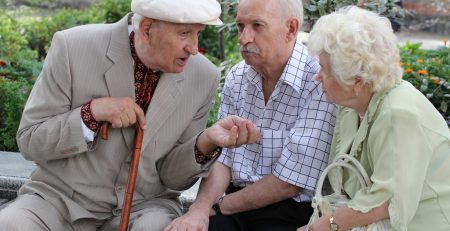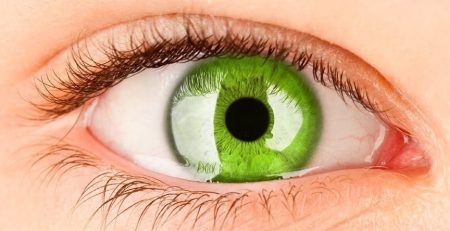UMass Medical School Research Shows Body May be Able to Produce More Calorie-Burning Fat
A form of fat that burns calories? Sounds too good to be true! But researchers at UMass Medical School have made new discoveries about a lesser-known kind of fat – “brite (brown-in-white)” or “beige” fat which Professor Silvia Corvera describes as “little brown cells that are intermingled with our white fat stores.”
This fat, she explains, takes fatty acid and burns it to make heat to keep organs warm. Thin, healthy people tend to have more of these cells, while overweight individuals tend to have less.
Covera’s research, recently published in Nature Medicine, examines how beige fat is grown in the body and how it helps regulate metabolism.
“This work increases our knowledge and opens the possibility of a place to look for new therapeutics that didn’t exist before,” Covera said in a statement released by UMass. “It not only tells us what is happening in our body and why our metabolism works the way it does, but we can now study these cells and see what they produce, we can coax them to grow. It’s the brand new platform to discover new medications for weight and metabolic disease.”
Brown fat is highly vascular, meaning where there is this type of fat there are also blood vessels. Corvera’s team of researchers were able to grow blood vessels from tiny pieces of human fat and observe that both white and beige fat cells were formed on the vessel’s branches. “They further showed these cells can be activated in vitro,” the statement said, which led Corvera and her team to believe every piece of human fat has the ability to make beige cells.
To test this theory, researchers inserted beige fat cells into humanized mice (mice that are capable of accepting human tissue) and were able to identify improvement in the metabolism, diabetes and cardiovascular conditions of the mice.
“The finding that human beige adipocytes enhance glucose homeostasis provides a clear rationale for their potential therapeutic use,” Covera said.














